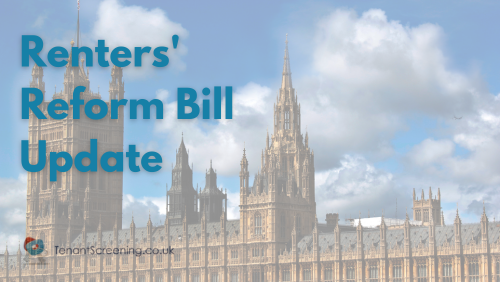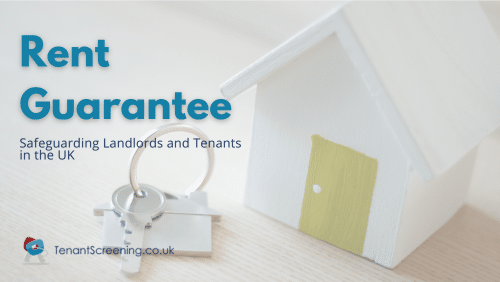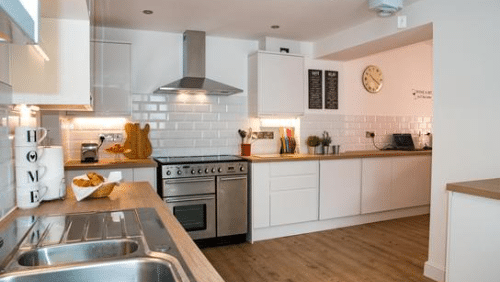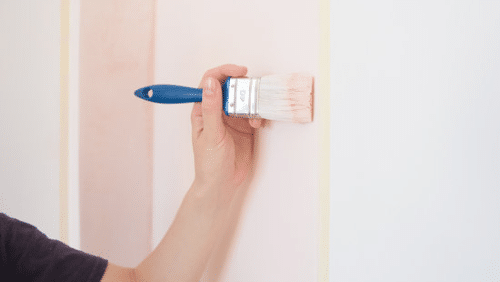Pet proofing your rental property
It has always been profitable to invest in rental property, especially now when the demand for rentals continues to increase.
Due to the intense competition in the rental market, landlords must take into account the needs of their tenants in order to provide a suitable rental that will draw loyal, long-term tenants.
Having a pet-friendly property is now among the most important considerations for tenants, with Rightmove claiming a 120% increase in demand for such rentals between 2020 and 2021.
Just 7% of landlords in 2020 advertised their properties as pet-friendly, which suggests that for the majority of them, renting with pets could result in potential damage, noise, cleanliness, and insurance difficulties.
To make up for the cost of any potential damage, landlords may be able to increase the rent if pets are permitted in the residence. Due to the lack of tenancy options, it might also increase the number of potential tenants ready to stay for an extended period of time.
Here are our thoughts and considerations for setting up a suitable rental for tenants and their pets:
Meet the pet in person
Seeing your potential tenants in person, together with their pet, is the best method to alleviate your concerns.
Plan a meet-and-greet at the property with the applicants and their pets, will enable you to assess the animal’s temperament and behaviour before a tenancy is agreed.
This is not only a smart method to address any reservations you might have about renting to pet owners, but it can also be the start of developing an open and sincere relationship with your tenants. Establishing a middle ground in advance can help to accomplish this. They should feel comfortable reaching out to you in the unlikely case of any pet-related disasters throughout the tenancy.
Previous Landlord Reference
Obtain a previous landlord reference via tenant screening to ensure that the tenants pets do not have a history of causing damage to a rental property. This is a great indication of the characteristic of the pet before they are allowed into your rental.
Previous landlords are often very vocal to point out the pros and cons of previous tenants and their pets therefore, it is a good indication of how the pets will settle and behave in your property.
Pet proof your property
It is advisable to attempt and reduce the chance of damage as much as you can because all pets have the potential to occasionally do some damage.
For instance, using paint instead of wallpaper on the walls will prevent torn or scratched wallpaper. Also, keeping wires covered, will help stop chewing. Consider Loop-pile carpets are durable and affordable, making them a wise choice for rental properties. But you might want to think about spending money on a carpet that pets can’t simply sink their claws into.
If the property is furnished, think about what furniture is being placed in the property. In addition, consider low cost plastic coverings that fit to door frames/skirting boards to reduce the chance of scratching and marking.
Check your leasehold agreements and insurance policies
If you have a leasehold agreement, you should read it carefully for any clauses that would forbid or restrict pets in the premises. If this is the case, you could ask the freeholder or managing agents if they would be willing to modify the lease terms or grant written consent to allow dogs by “special variation.”
Also, it is essential that you clarify whether accidental pet damage is covered by your landlord’s, building, and contents insurance. It’s also important to check if they provide additional protection for pet-owning tenants.
Update your standard tenancy agreement
If you’ve decided to rent out your home to a pet owner, your leasing agreement needs to incorporate a pet clause.
While the Tenant Fees Act restricts the range of safeguards accessible to pet-friendly landlords, the tenant is nonetheless accountable for returning the rental in the same state as when they took possession of it.
One such method is to specify in your rental agreement that tenants are required to have the house properly cleaned before they leave. Together with treating the property for fleas and mites, this should include cleaning all carpets and soft furnishings.
The fact that the tenant is responsible for paying for any damage caused by pets should give you piece of mind because they will work to minimise mess and damage.
Remember the options available and the extra measures you can take if you decide to welcome dogs. They will not only increase the number of potential tenants who are looking for pet-friendly rentals but will also give you piece of mind that your rental property is well protected.



















